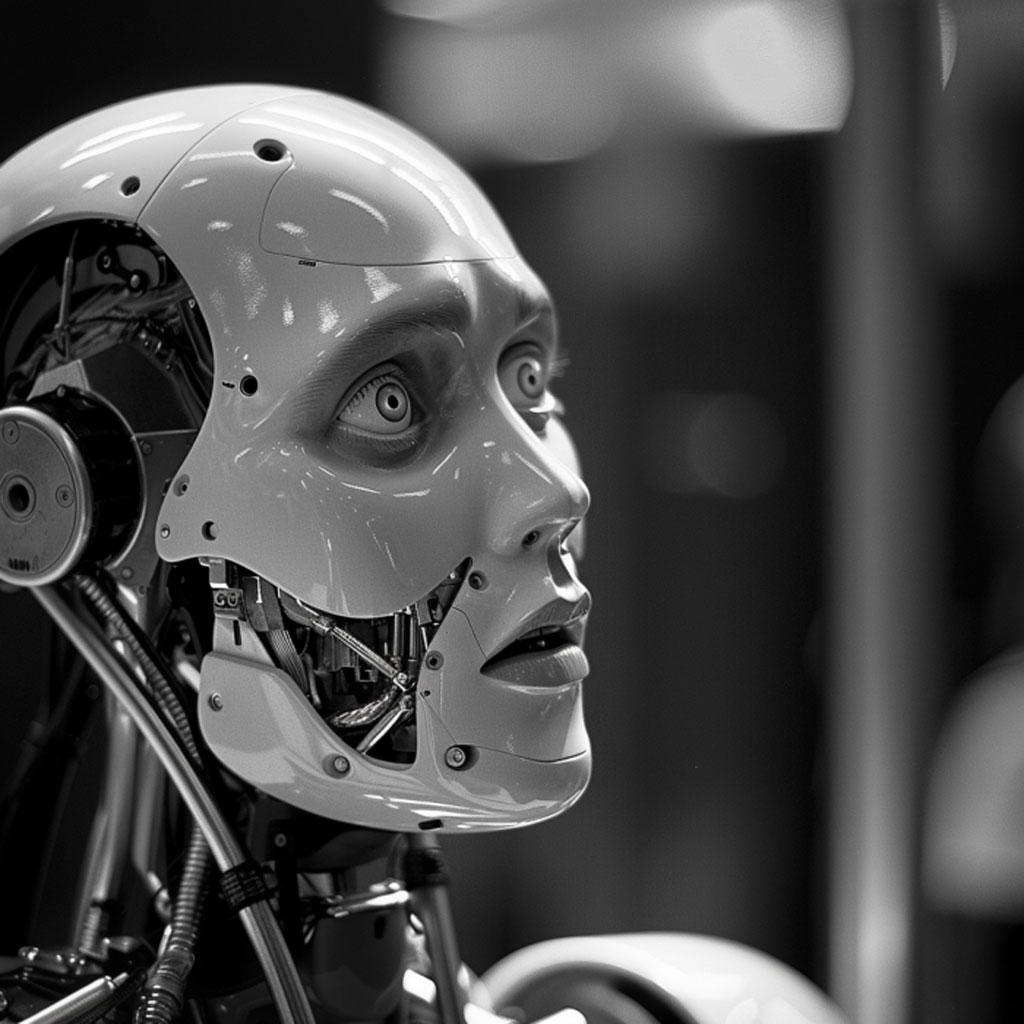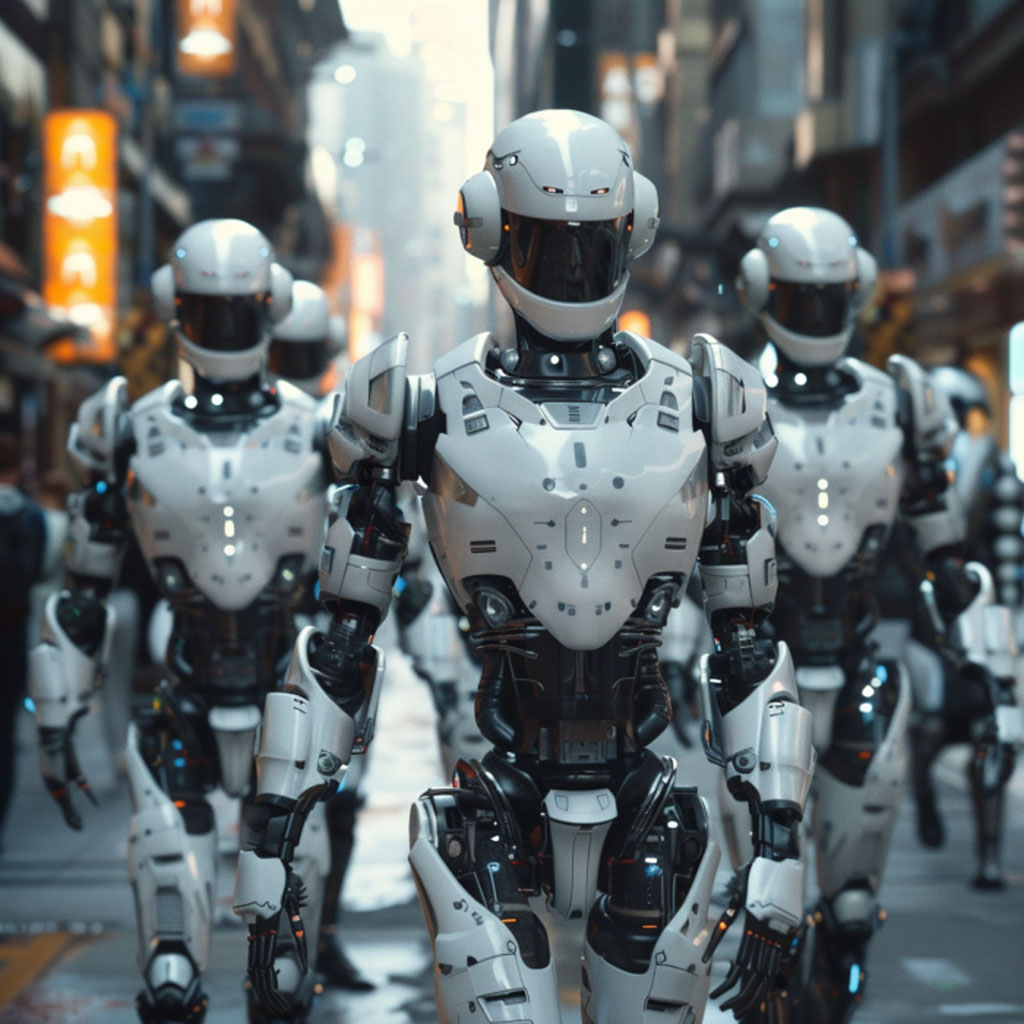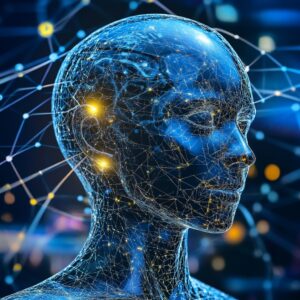
In the realm of science fiction, robots with emotions have long captured our imaginations, from the lovable Wall-E to the enigmatic replicants of Blade Runner. But as technology advances, the question arises: can machines truly experience emotions like humans do? What are the possibilities and limitations of robots when it comes down to emotions?
Understanding Emotions
Before diving into the capabilities of robots to experience emotions, it’s crucial to understand what emotions are and how they function in humans. Emotions are complex psychological and physiological responses to stimuli, encompassing feelings such as joy, sadness, fear, anger, and more. They play a crucial role in human cognition, decision-making, and social interactions, shaping our perceptions and behaviors in profound ways.
In humans, emotions arise from a combination of biological, cognitive, and environmental factors. Neuroscientists have identified specific brain regions and neural pathways associated with different emotions, highlighting the intricate interplay between biology and psychology.
Moreover, cultural and social influences shape how emotions are expressed and interpreted, underscoring the contextual nature of emotional experience.
Emotions in Robotics

In the realm of robotics and artificial intelligence (AI), researchers have explored various approaches to configure machines with emotional capabilities. One approach involves programming algorithms that simulate human-like emotional responses based on predefined rules and triggers. These algorithms analyze input data, such as facial expressions, tone of voice, and body language, to infer the emotional state of humans and generate appropriate responses.
Another approach leverages machine learning and deep learning techniques to enable robots to learn and adapt their emotional responses over time through interaction with humans and their environment. By training on vast datasets of human emotional expressions and behaviors, these AI systems can develop more nuanced and contextually appropriate emotional intelligence.
The Turing Test Revisited
The Turing Test, proposed by Alan Turing in 1950, serves as a benchmark for determining whether a machine exhibits intelligent behavior indistinguishable from that of a human. While the original test focused on linguistic communication, modern interpretations consider emotional intelligence as well. Researchers aim to create robots capable of not only understanding and generating natural language but also recognizing and responding to human emotions convincingly.
Anthropomorphism and the Uncanny Valley
As robots become more human-like in appearance and behavior, they venture into the realm of the uncanny valley—a phenomenon where humanoid entities that closely resemble humans but fall short in certain aspects evoke feelings of unease or revulsion in observers.
This poses a significant challenge for designers of emotionally expressive robots, as achieving a balance between familiarity and eeriness is crucial for acceptance and trust.
Anthropomorphism, the tendency to attribute human-like qualities to non-human entities, further complicates the design of emotionally intelligent robots. While anthropomorphism can enhance users’ engagement and empathy with robots, it also raises expectations of human-like emotional capabilities, leading to potential disappointment or disillusionment if those expectations are not met.
Case Studies of Emotions in Robotics

From socially assistive robots in healthcare settings to companion robots for the elderly, numerous applications of emotionally intelligent robots are emerging. These robots are designed to recognize and respond to human emotions, fostering engagement, empathy, and companionship in diverse contexts.
In healthcare, emotionally intelligent robots assist patients with tasks such as medication reminders, physical therapy exercises, and emotional support. They can detect signs of distress or discomfort in patients and respond with appropriate gestures, expressions, and vocalizations to alleviate anxiety and enhance well-being.
Similarly, companion robots for the elderly provide social interaction and emotional support to mitigate feelings of loneliness and isolation. These robots engage users in conversation, play games, and share photos and videos to create meaningful connections and promote mental and emotional stimulation.
Ethical and Social Considerations
The prospect of robots with emotions raises profound ethical and social questions. Should we strive to create machines that mimic human emotions, and if so, what are the potential consequences?
One ethical consideration is the potential manipulation of human emotions by emotionally intelligent robots. As these robots become more adept at understanding and responding to human emotions, there is a risk of exploiting this capability for commercial or political gain, raising concerns about informed consent and psychological manipulation.
Moreover, the blurring of boundaries between humans and machines raises questions about the rights and responsibilities of both parties. Should emotionally intelligent robots be granted legal personhood or afforded certain rights and protections? How do we ensure accountability and transparency in the design and deployment of these technologies?
The Philosophy of Machine Emotions
Beyond practical considerations, the quest to create robots with emotions invites us to reexamine fundamental questions about consciousness, identity, and the nature of emotions themselves. Can machines truly experience subjective states of consciousness, or are they merely sophisticated simulations of emotional behavior?
Philosophical perspectives on machine emotions vary widely, reflecting differing views on the nature of mind and consciousness. Some philosophers argue that emotions are fundamentally biological phenomena arising from the complexity of neural networks and embodied cognition, suggesting that machines could theoretically replicate these processes.
As technology advances, the boundary between humans and machines continues to blur, raising profound questions about the nature of emotions and the future of human-robot interaction.
While robots with emotions may never replicate the full richness and complexity of human emotional experience, they offer intriguing possibilities for enhancing our lives and challenging our understanding of what it means to be sentient.
Recent Blog Articles
Recent Blog Articles

When Online Dating Goes Wrong: The Dark Side of Digital Romance
Published on: February 4, 2025
Online dating has revolutionized how we connect with potential partners. Platforms like Tinder, Bumble, and Hinge offer convenience and a vast pool of singles at our fingertips.
Read time: 38 min

Maximizing ROI with Custom Software: A Smart Investment for Sustainable Growth
Published on: January 28, 2025
Organizations must continuously evolve to stay ahead. One of the most impactful ways to achieve long-term success is by investing in custom software solutions.
Read time: 23 min

AI-Powered Productivity: How Artificial Intelligence is Reshaping Your Industry
Published on: January 21, 2025
Companies that embrace AI today are positioning themselves for long-term success, unlocking unprecedented productivity and innovation.
Read time: 42 min

From Chaos to Control: How ERP Systems Revolutionize Business Operations
Published on: January 14, 2025
Enterprise Resource Planning (ERP) software has become an indispensable tool for organizations across various industries, transforming operations, improving productivity, and reducing inefficiencies.
Read time: 46 min

Tech-Enhanced Superpowers: Gadgets That Make You Feel Like a Superhero
Published on: January 7, 2025
Exoskeletons that grant superhuman strength, smart glasses that enhance vision, and wearable devices that provide a sixth sense, technology is enabling us to surpass our natural abilities.
Read time: 55 min

The Role of Tech in Modern Dating: From Swipe Right to Virtual Dates
Published on: December 31, 2024
Technology has fundamentally transformed every aspect of our lives, including the way we date. Gone are the days when meeting someone new required attending social events.
Read time: 41 min

Tech-Powered Ghosts: Can AI Bring Back the Voices of the Dead?
Published on: December 24, 2024
Humanity has always been fascinated by the afterlife and the possibility of communicating with those who have passed on. This curiosity has driven many stories, myths, and even scientific pursuits.
Read time: 29 min

